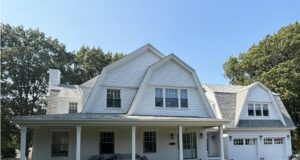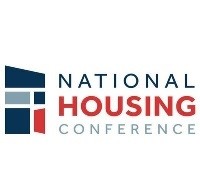HUD requires Investors to delay foreclosure for a year and offers a non-profit only pool sale
WASHINGTON, D.C. – April 27, 2015 – (RealEstateRama) — Today, HUD announced significant changes to its Distressed Asset Stabilization Program (DASP). In an effort to better serve homeowners looking to avoid foreclosure, loan servicers will now be required to delay foreclosure for a year and to evaluate all borrowers for the Home Affordable Modification Program (HAMP) or a similar loss mitigation program. HUD is making additional improvements to the Neighborhood Stabilization Outcome (NSO) sales portion of DASP which are aimed at increasing non-profit participation. Updates include giving non-profits a first look at vacant properties, allowing purchasers to re-sell notes to non-profits, and offering a non-profit only pool.
Previously, loan servicers could foreclose 6 months after they received the loan and were encouraged, though not required to assess a borrower’s qualifications for loss mitigation programs. Purchasers of the geographically targeted neighborhood stabilization pools have always been required to ensure that at least 50 percent of the loans in a pool achieve outcomes that help areas hardest hit by foreclosure avoid the neighborhood decline associated with numerous vacant properties.
“These changes reflect our desire to make improvements that encourage investors to work with delinquent borrowers to find the right solutions for dealing with the potential loss of their home and encourage greater non-profit participation in our sales,” said Genger Charles, Acting General Deputy Assistant Secretary, Office of Housing. “The improvements not only strengthen the program but help to ensure it continues to serve its intended purposes of supporting the MMI Fund and offering borrowers a second chance at avoiding foreclosure.”
All of these changes will be subject to stronger reporting requirements including tougher penalties for not complying with quarterly reporting responsibilities and a new requirement to report on borrower outcomes, even when a note is sold after the original purchase.
HUD plans to hold its first sale of 2015 in June.
Distressed Asset Stabilization Program
FHA’s note sales program was resumed in 2010 as a direct sale pilot program that allows pools of mortgages headed for foreclosure to be sold to qualified bidders and encourages them to work with borrowers to help bring the loan out of default. In many cases, this is a less expensive alternative to foreclosure and sale as a real estate-owned (REO) property. An FHA servicer can place a loan into the loan pool if the following criteria are met:
- The borrower is at least six months delinquent on their mortgage
- The servicer has exhausted all steps in the FHA loss mitigation process
In 2012, as part of an effort to address its seriously delinquent loan portfolio, FHA announced that, over the next several years, it would significantly increase the number of loans it makes available for purchase as well as add a new neighborhood stabilization pool to encourage investment in communities hardest hit by the foreclosure crisis. The “Neighborhood Stabilization Outcome” (NSO) pools, as an additional safeguard in distressed communities requires that 50 percent of the loans within a purchased pool achieve a neighborhood stabilizing outcome. If the servicer and borrower are unable to avoid taking the loan through foreclosure, the servicer must achieve some other neighborhood stabilizing outcome, which may include holding the property for rental for at least three years.
Typically, HUD’s Distressed Asset Stabilization Program sales are broken into two or more sales, consisting of at least one “National Sale” featuring loans from a diversified cross -section of the country, and a “Neighborhood Stabilizing Outcome” or “NSO” Sale featuring loans drawn from specifically targeted geographic areas.














